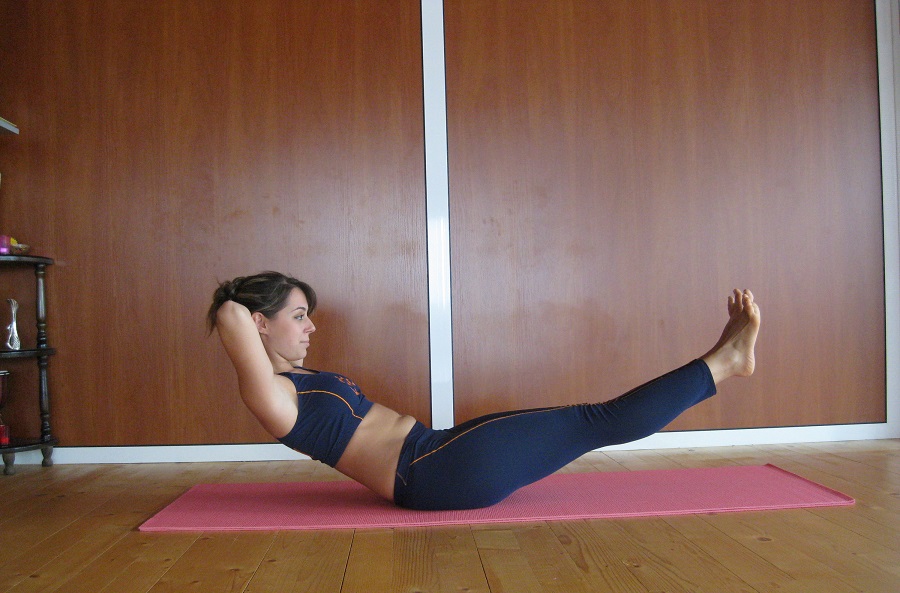Integrative Techniques for Pelvic Floor and Core Function
Weaving Yoga, Tai Chi, Qigong, Feldenkrais and Conventional Therapies
| Price: $515 (Early Registrant Price $495) Experience Level: Beginner Contact Hours: 16 |
This continuing education course is a two-day beginner level seminar in which participants will learn low-tech, non-invasive techniques that draw from Yoga, Tai Chi, Qigong, Feldenkrias and conventional rehab therapies, to guide people (clients, patients, students) toward improved health and function.
The pelvic floor is comprised of muscles that are often elusive and seem beyond our conscious control. Yet, the perineum and the pelvic girdle are an integral driving force behind most human function. By bringing awareness, strength and suppleness to these muscles, people can address incontinence, alleviate or lessen pain (especially in the pelvis, hips, knees and back), breathe more efficiently, increase sexual fulfillment, assist childbirth and facilitate many functional activities like lifting heavy objects, rising from chairs and walking up stairs.
Audience:
This continuing education seminar is targeted to physical therapists, occupational therapists, physical therapist assistants, occupational therapist assistants, registered nurses, nurse midwives, and other rehabilitation professionals. Content is not intended for use outside the scope of the learner's license or regulation. Physical therapy continuing education courses should not be taken by individuals who are not licensed or otherwise regulated, except, as they are involved in a specific plan of care.
Prerequisites:
None
What to Bring:
Participants should bring a yoga mat or towel, along with a piece of theraband, gait belt or yoga strap to use for one lab. Participants should wear loose, comfortable clothing that one would wear to a yoga class.
Upon completion of this continuing education seminar, participants will be able to:
1. Describe the anatomy, pathology, kinesiology, and physiology of muscles, bones and organs of the pelvic floor
2. State key language to facilitate awareness of the pelvic floor
3. Understand the autonomic nervous systems influence on pelvic floor function
4. Define the relationship between bladder function and the pelvic floor
5. Describe the relationship of low back, hip and pelvic pain with the pelvic floor
6. Practice and teach yoga, qigong & Feldenkrais techniques that improve pelvic floor function
|
Day One: |
Day Two: |
We always want to hear from those interested in hosting our courses. We work with healthcare organizations of all types, sizes, and locations. Please, Contact us about Hosting Integrative Techniques for Pelvic Floor and Core Function or any other course!
Bill and Richard are so committed to presenting this material so that anyone can follow these concepts. As a nurse, I felt a little intimidated with a room full of PT's but everyone was so helpful. Richard and Bill are so accessible, friendly and wonderful teachers. I can now include them in my list of teachers on this healing journey.
-Fran Conway, RN, RYT – New York, NY
I really enjoyed the course. I feel like I took away skills to build upon and that have applications with all of the patient populations that I treat.
-Rebecca Durfee, PT, LMT – New London, CT





